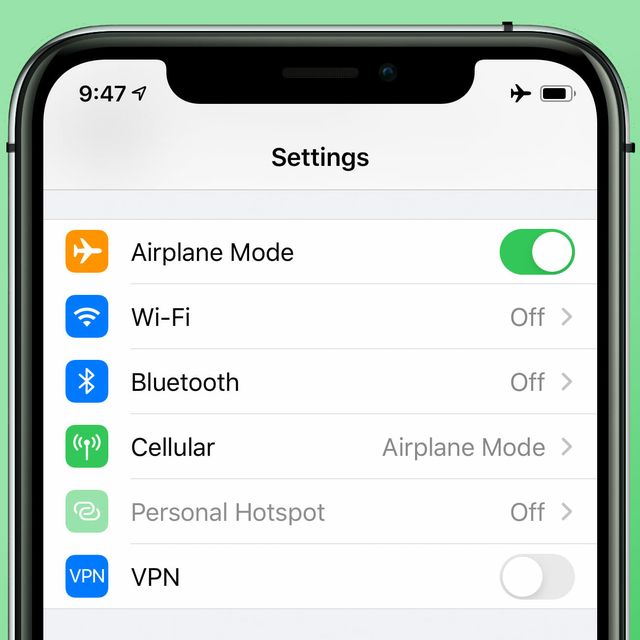Welcome to Product Support, a column devoted to helping you get the most out of the gadgets and software you already use.
If you are attending a protest, there's more to prepare than just a sign. Your smartphone is a crucial tool for communication and documenting police brutality, but it generates a lot of information that law enforcement can use to strengthen charges against you or other protesters, even if you are completely innocent of any crime. Unfortunately it falls to you to keep that data private.
Just like attending a protest at all, securing your phone is an exercise in assessing risk. Making your phone more secure takes time and will make it significantly harder to use. It’s up to you to decide what risks are and are not worth it for you, but here are measures you should certainly consider before you leave the house.
0. Maybe don’t bring your phone at all.
The best but also most irritating way to keep your data private while engaging in any activity is to not bring a smartphone with you. Prepaid “dumbphones” are incredibly cheap though don’t be fooled into thinking that having a burner phone magically makes you invisible to surveillance. Considering the extreme inconvenience and potential risk of this approach, it’s hard to recommend broadly, but it's worth noting nonetheless.
1. Turn off biometric login
Features like Face ID and fingerprint login make it easier to get into your phone, but they also make it easier for the police to get into your phone if you are detained. While your 5th amendment rights protect you from having to divulge a PIN or password to the police, you can’t count on that to prevent them from pressing your finger to a scanner or holding your phone to your face. Make sure you disable all biometrics before leaving the house, and consider setting an alphanumeric password instead of a mere PIN. For extra security, you can also enable the feature on iOS that will fully erase your phone on multiple failed login attempts. Just be sure you know what your password is before you go that far.
2. Record from behind the lock screen
Both Android and iOS allow you to use your camera without unlocking the phone. Not only is this convenient after you’ve set up a long password, it also prevents anyone who may snatch your phone out of your hands while you are recording from having full access to your device. Recording from behind the lock screen is a good habit in general, but it is especially vital if you are planning on recording police activity from within arm’s reach.
3. Disable location tracking, Wi-Fi, Bluetooth and cell service
Your phone is an incredibly useful communication device but it is also a tracking beacon. Any and all wireless connections — from Wi-Fi to Bluetooth to cell service to GPS — can create a record of your location that could come back to bite you. Even law-abiding protesters can be caught up in legal trouble by mere proximity to illegal events, which your phone’s location data could bear out when search warrants are in effect. It’s wise to disable them all in individually in settings and only reenable them if and when you need them. Beware that your phone may automatically re-enable some connections in an attempt to be helpful. For maximum security, coordinate with friends to check in at specific times before you set off on your way and turn off your phone entirely when you aren’t using it.
4. Use a secure messaging app
SMS is convenient but also horrendously insecure, and you should avoid using it in general, but especially at protests where law enforcement may be warrantlessly deploying quasi-legal devices called “Stingrays” which can easily monitor all text messages and even phone calls in a given area. If you are using iMessage, your messages to other iMessage users are encrypted by default, but texts to green bubble folks are not. A better way to ensure your messages are protected as they travel over the air is to install a secure messaging app like Signal (free on iOS and Android), which also comes with additional security features like disappearing messages and a built-in face-blurring tool.
5. Keep your photos from tracking you
When you take photos, you’re recording more than a picture. Your phone will also record what’s known as EXIF data, which typically includes capture settings and literal location data. You can turn this feature off in iOS, as well as in the settings on Google’s Android camera app. If you can’t find the setting on your specific phone, or just want to be extra safe, there is another trick: simply take a screenshot of your photo and share that instead. Also, be mindful that sharing photos with identifiable bystanders can endanger them as well, as law enforcement is known to use facial recognition and social media postings for surveillance purposes.
6. Turn off lock screen notifications
Both iOS and Android can display notifications on the lock screen, with varying levels of information. The safest choice is to disable lock screen notifications entirely, but you can also lock down the amount of information they relay, app by app. At the very least, be sure that your messaging app only shares the name of the person sending the message on the lock screen, and no part of the message itself.
7. Add emergency information
If you’ve watched any protest footage filmed over the past few weeks, you’ll know full well that even a peaceful protest isn’t safe from police escalation. Before you go, make sure to fill out your emergency information in your phone in case you end up injured and in need of medical attention. Both Android and iOS have features that allow you to store crucial info like who to contact, and pertinent health information. It’s good to have it filled out wherever you plan on being.
















